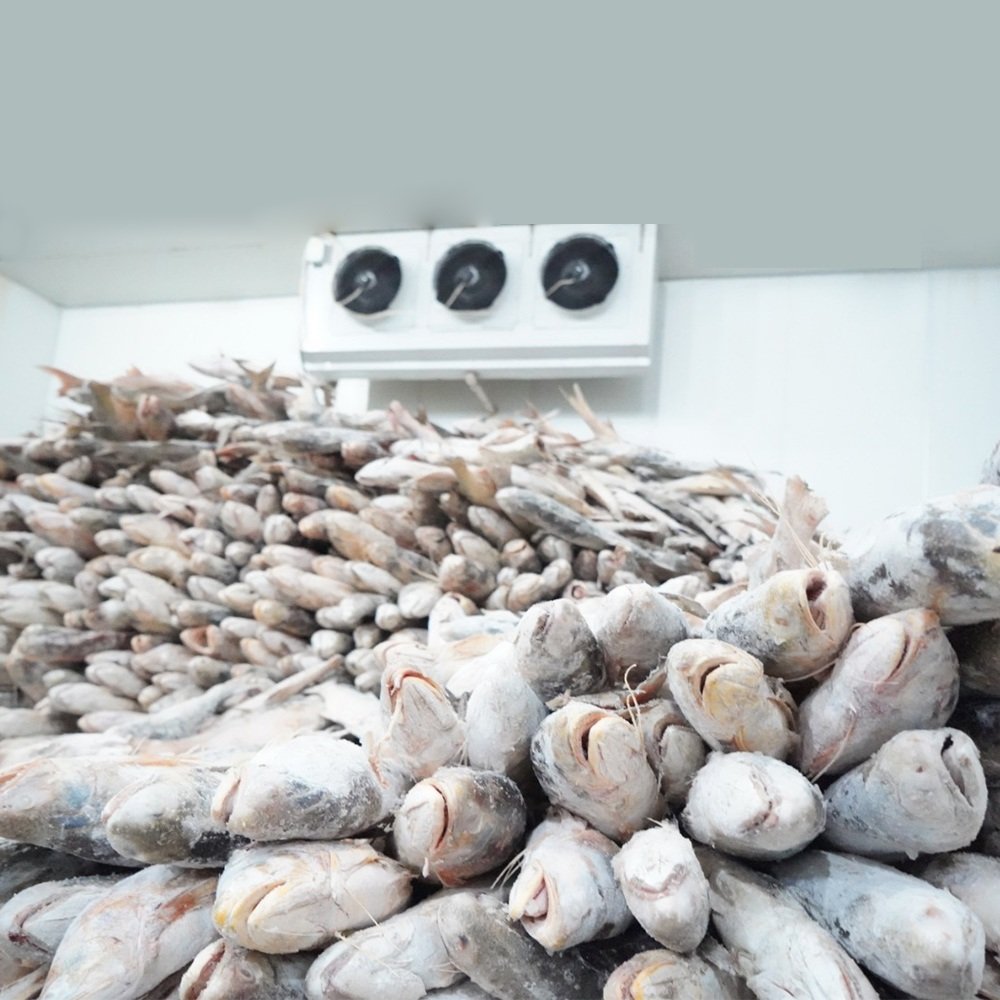Cold storage room is a complete system, not just an insulated box. Its main components are:
1. Enclosure / Structure:
· Panels: The walls, ceiling, and floor are made from prefabricated insulated panels. These panels typically have a core of high-density polyurethane foam (PUF) or expanded polystyrene (EPS), sandwiched between metal skins (like galvanized steel or stainless steel). This provides excellent thermal insulation.
· Door: The heavy, well-sealed door is also highly insulated and features a robust locking mechanism. Safety features often include an internal release mechanism to prevent people from being trapped inside.
2. Refrigeration System:
This is the heart of the cold room and consists of two main parts:
· Evaporator Unit (Inside): Located inside the cold room, this unit contains a fan that circulates cold air and a coil through which the refrigerant expands and evaporates, absorbing heat from the interior. In very low-temperature ("blast" or "shock") freezers, this unit is more powerful to pull heat out of products very rapidly.
· Condenser Unit (Outside): Typically located outside the cold room or in a separate plant room, this unit releases the heat absorbed from inside to the external environment. It consists of a compressor, a condenser coil, and a fan.
3. Control System:
A digital thermostat and controller allow users to set and maintain the precise required temperature. Modern systems often include remote monitoring and alarm systems to alert staff in case of temperature deviations or power failures.
4. Accessories:
· Shelving and Racking: To organize and store products efficiently.
· Strip Curtains: An additional layer of transparent plastic strips at the doorway to minimize cold air loss when the door is open.
· Lighting: Specialized, vapor-proof light fixtures designed to operate safely in low-temperature, high-humidity environments.











